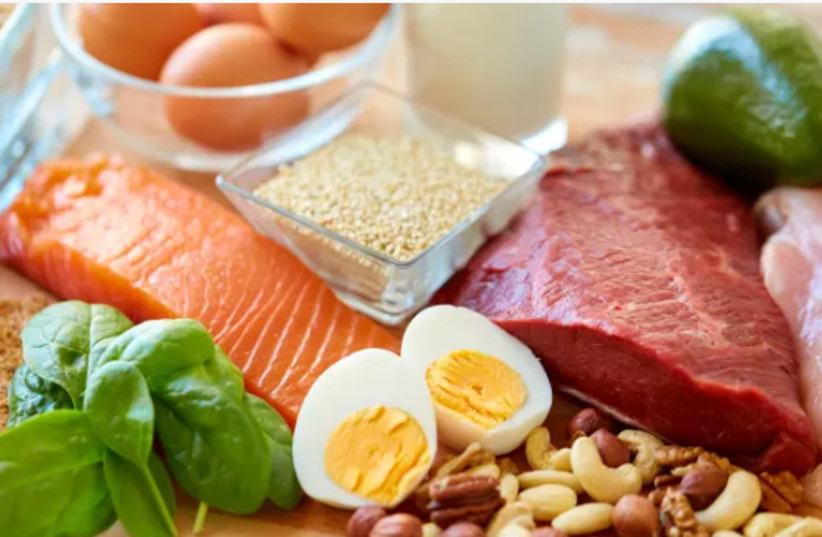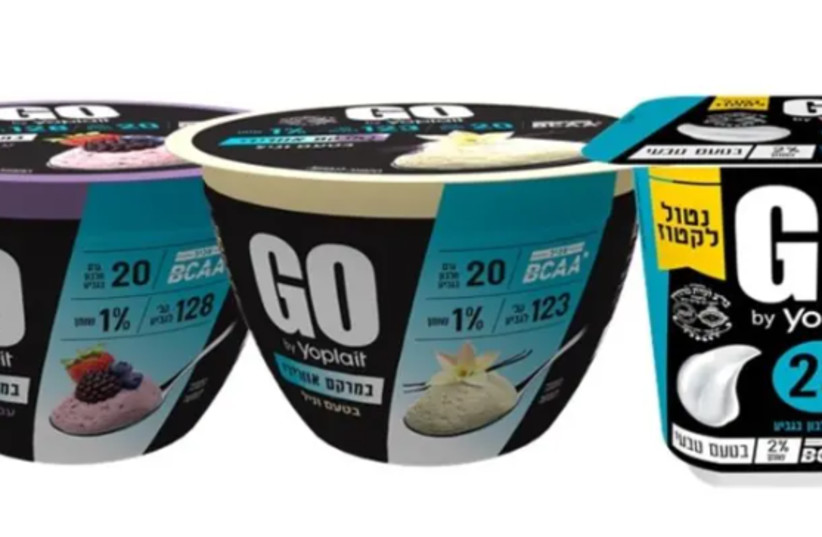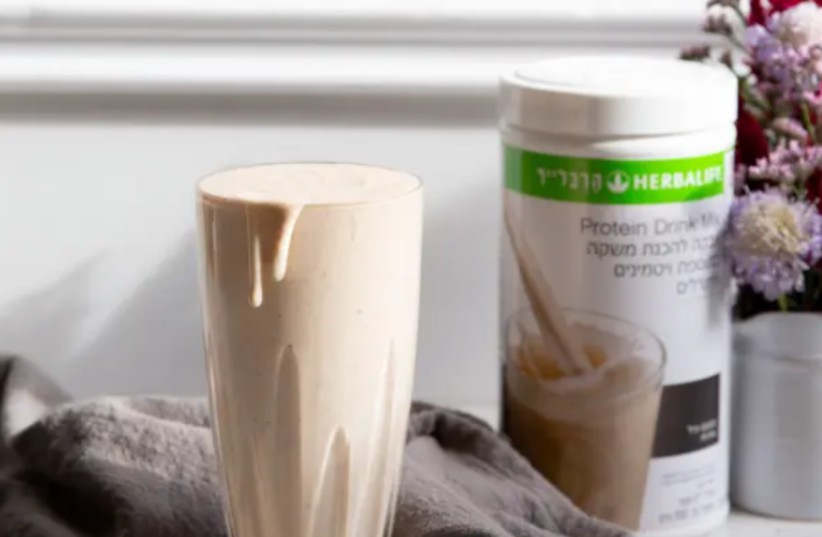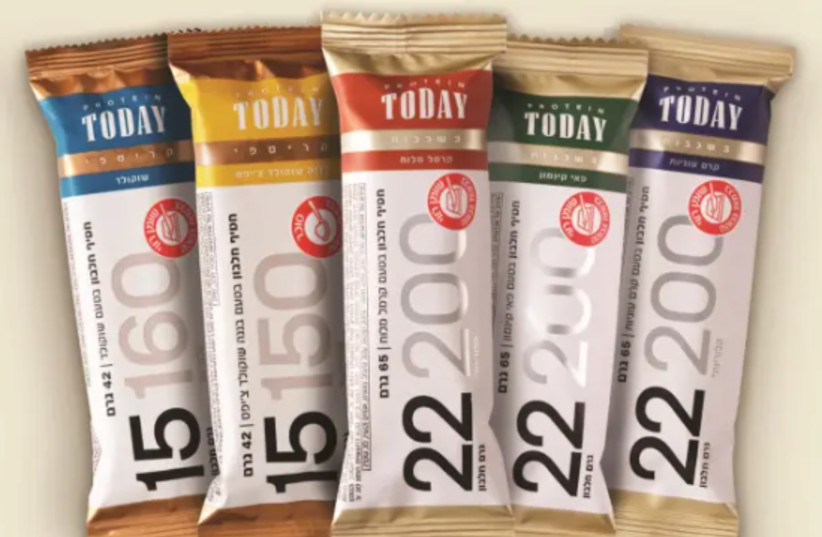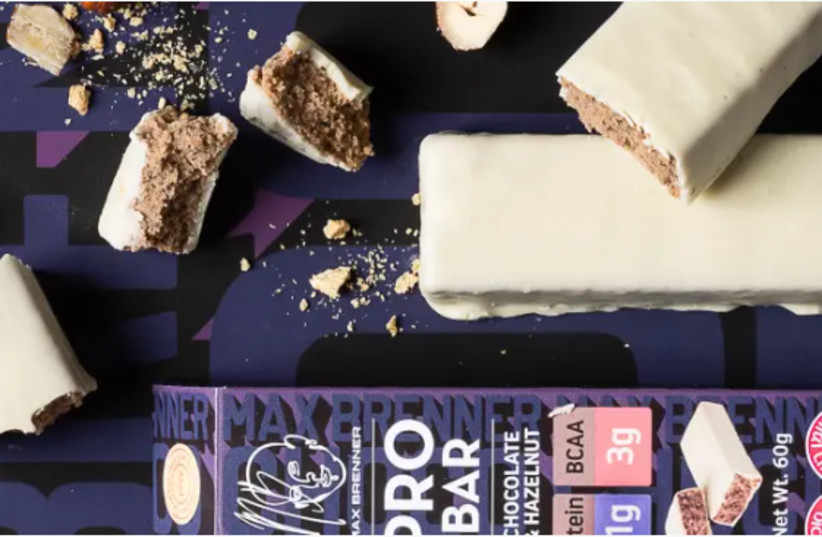Protein is one of the three macronutrients, and some may argue that it is the most important one. Unlike the other macronutrients, carbohydrates, which are stored as glycogen in the liver and muscles, and fat, which is stored in fat cells, protein is not stored in our bodies. Therefore, it is important to consume an adequate and consistent amount of protein throughout the day to enable optimal bodily functions. But how much protein should we consume daily? And how should we consume it? And who are protein snacks and treats intended for?
Lilo Buchnik is a clinical dietitian and sports nutritionist with a master's degree in nutrition and behavior from the University of Haifa, and a B.Sc degree in food sciences. He is also a graduate of the Wingate Institute School for Coaches and Instructors. Currently, he runs a private clinic, works as a nutritionist for Maccabi Netanya Football Club, lectures in the field of nutrition and food, and serves as a consultant in the food industry. Tamar Yadin is a clinical dietitian and a consultant for Herbalife. Together, they answer all the questions.
What is the role of protein in our nutrition?
Protein is a component in most cells of our body, including the brain, bones, muscles, skin, nails, hair, nervous system, hormones, and immune system. This indicates its significant importance in all bodily functions. In our immune system, protein plays a central role as key players in building antibodies, white blood cells, and more. Another role of protein is the production of substances called enzymes, which are essential for reactions in the body. At any given moment, thousands of reactions that require enzymes, made of proteins, take place in our bodies.
What is the connection between protein and muscle building?
Our muscles are also made up of proteins. Protein plays a central role in muscle building. When we move, muscle fibers break down and after exercise they are rebuilt. In order to maximize muscle building and prevent muscle loss, it is important to consume protein throughout the day to ensure there is enough protein for activity and to prevent muscle tissue loss. Moreover, our muscle mass begins a process of breakdown and gradual loss from the age of 40. Therefore, in order to maintain existing muscle mass, we need to ensure adequate protein intake at this age, combined with resistance activity that builds muscle. Even if we are not aiming for muscle building, it will prevent muscle breakdown and its consequences.
What is the recommended daily protein intake?
The recommended daily protein intake depends on many factors: age, gender, weight, level of physical activity, body condition, and our goals regarding body composition: weight loss? Muscle building? The current recommendation is that 30%-40% of our daily calorie intake should come from protein. With age, the recommendation is to consume more protein and fewer carbohydrates, two macronutrients that are calorically equivalent but have completely different metabolic effects on the body. Protein encourages muscle building or maintenance over time, while carbohydrates encourage energy storage that can turn into fat in the body.
The recommendation is that sedentary individuals should consume between 0.8-1 gram of protein per kilogram of body weight per day. Moderately active individuals, who exercise about 3 times a week, should consume 1-1.2 grams of protein per kilogram of body weight, while those aiming for muscle building and low body fat percentages should consume 1.2-1.5 grams of protein per day. Professional athletes may need to consume even more, up to a threshold of 2 grams of protein per kilogram of body weight.
What are the best sources of protein?
Animal protein: Eggs, meat, poultry, milk, and dairy products, fish.
Plant protein: Soy, kidney beans, chickpeas, lentils, beans, tofu, nuts, various seeds, almonds, peanuts, sunflower seeds, chia, flaxseed, hemp seeds, and grains such as wheat, barley, rye, rice, oats, quinoa, etc.
Protein can also be found in certain vegetables, such as broccoli, Brussels sprouts.
Another source of protein is protein powder. It is an excellent source for supplementing daily protein intake. There are protein powders that are defined as meal replacement shakes. These powders are enriched with fiber, vitamins, and minerals. It is an excellent solution for a balanced and quick meal.
What about protein snacks?
Protein snacks are a convenient, tasty, and easy way to provide protein and additional nutrients to the daily diet, whether after exercise or as a indulgent meal throughout the day. However, not all protein snacks are of equal quality. Some of them are high in calories and added sugar with a high ratio of calories to protein, and it is not recommended to consume them. It is certainly best to consume whole, unprocessed foods for protein in the daily diet, but if you choose to consume a protein snack, make sure to check the nutrition values and choose a quality product.
Are protein snacks only intended for athletes?
No. It is commonly believed that protein snacks are only intended for professional athletes, but this assumption has long been inaccurate. Nowadays, protein snacks are sold in gyms and studios for all types of physical activities, such as pilates, yoga, spinning, functional training, and more. A low calorie-to-protein ratio and the addition of dietary fiber help with weight maintenance, weight loss, body sculpting, and muscle gain.
In addition to the benefits of consuming protein after exercise, high-quality protein snacks provide a convenient and delicious solution for a satisfying mid-day snack. They are a good source of dietary fiber and help keep you fuller between meals. The snack can be enjoyed as a breakfast option when you have a busy schedule or as a mid-day snack alongside coffee. It is also suitable for teenagers as a school snack.
How can you identify a high-quality protein snack?
It is recommended that the protein quality be high and include whey protein, milk proteins, and soy protein. It is also advisable to choose snacks low in added sugar, fat, and sodium, or those that offer additional value, such as a soft texture, excellent chocolate coating, or gluten-free options. After ensuring good nutritional values and quality ingredients, it is important to remember that taste is also an important factor. Today, there is a variety of flavors and textures available, so there is no need to settle for a snack that only meets functional aspects. To incorporate a protein snack into your daily routine and maintain a balanced diet over time, it is advisable to choose a snack that is both tasty and enjoyable to eat.
***New in the market of protein-enriched products***
Tnuva is expanding its sports nutrition category and launching for the first time GO yogurt, with a light and airy texture, and lactose-free GO yogurt with 25 grams of protein. The new GO yogurt has a foamy and airy texture, available in vanilla or forest fruits flavors, containing 20 grams of protein per cup, 1% fat, and 128 calories. Additionally, it also contains BCAAs, which are essential amino acids that enhance workout effectiveness.
Strauss is expanding its PRO brand and launching a series of protein snacks in three indulgent flavors: Triple Chocolate (27 grams of protein), Caramel with a milk chocolate and hazelnut coating (20 grams of protein), and Cocoa Cookies with a white chocolate coating, available in two different formats: 60 grams (25 grams of protein) and 90 grams divided into two compartments in one package (17 grams of protein). This format allows for consuming a high amount of protein in two servings throughout the day.
These days, Shstovich's food division is launching a new protein snack under the TODAY brand, which has been developed for about three years by a team of developers in collaboration with sports nutrition manufacturers from England and Canada. The first products under the brand are protein snacks that offer an exceptionally low protein-to-calorie ratio of 1:10 (high protein and low calories) in flavors like salted caramel, cookie cream, cinnamon pie, chocolate, and banana chocolate chips. These snacks are suitable for women and men as a post-workout recovery snack and as a mid-day meal, containing between 15-20 grams of protein and only 150-200 calories per snack.
The chocolate company 'Max Brenner' is expanding its operations and entering for the first time into the protein snacks market. They are launching a snack enriched with 21 grams of protein, with a cream of nuts and a coating of excellent white chocolate, which will be sold in the Shufersal supermarket chain.

